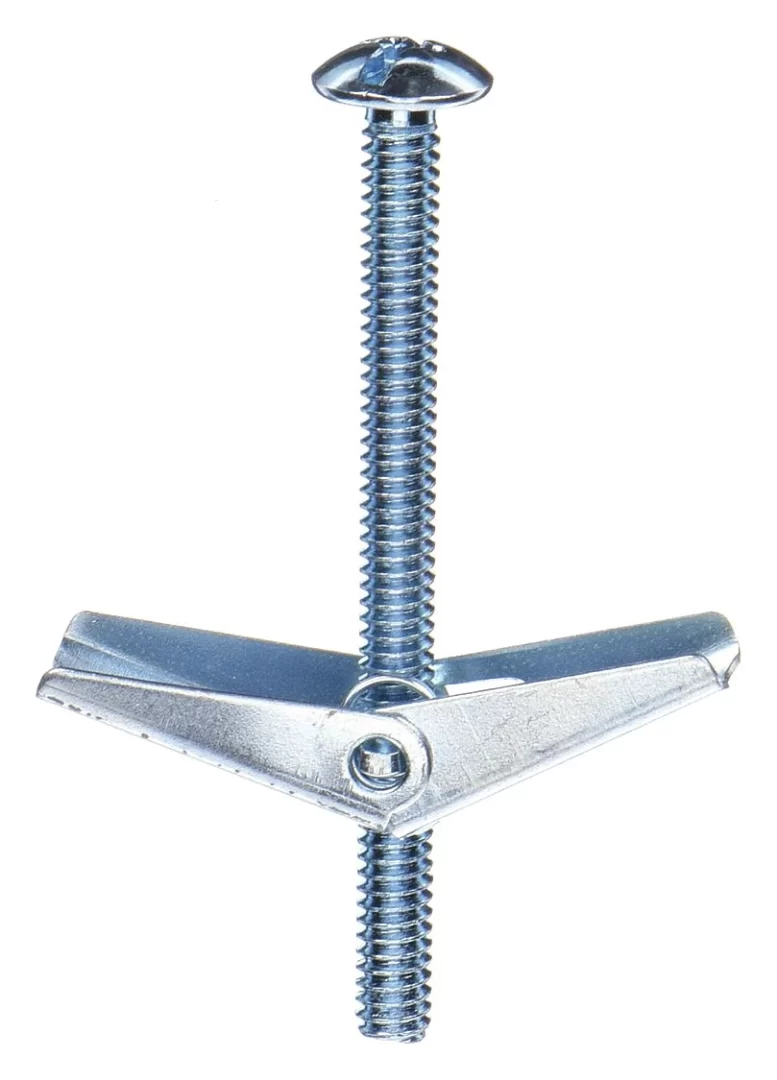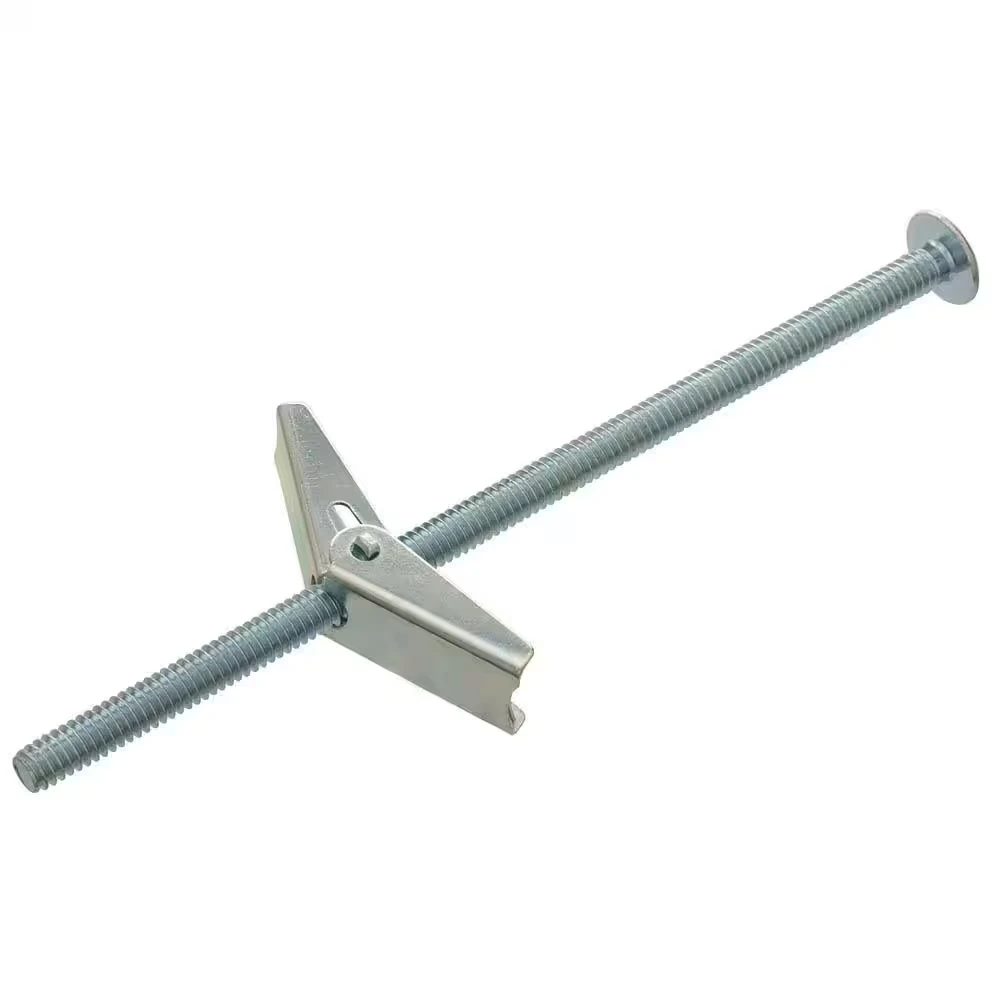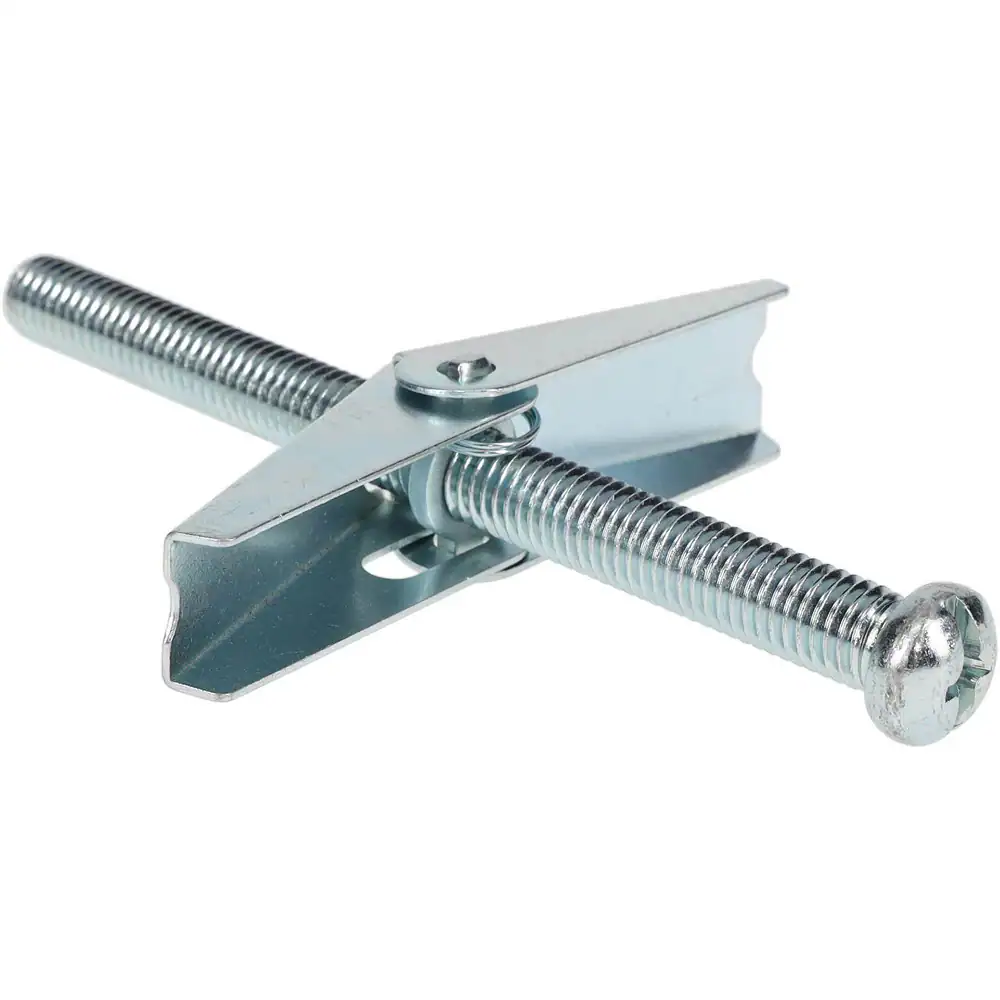What are the Disadvantages of Toggle Bolts?
Toggle bolts are commonly used in construction and DIY projects to secure heavy objects to drywall, plaster, or other hollow materials. While toggle bolts offer several advantages, it’s important to be aware of their disadvantages as well.
In this article, we will explore the drawbacks of toggle bolts and discuss alternative options for securing objects.
Why are Toggle Bolts Popular in Construction?

Toggle bolts have gained popularity in construction due to their ability to provide strong anchoring support in hollow materials. They consist of two main components: a toggle and a bolt.
The toggle is a spring-loaded mechanism that opens up behind the wall once the bolt is inserted. This design allows the bolt to distribute weight over a larger area, increasing the overall holding power.
Toggle bolts are often used to hang heavy objects such as shelves, mirrors, cabinets, or light fixtures.
They are particularly useful when there is no access to the back of the wall, making it impossible to use traditional methods like screws or nails.
The Disadvantages of Toggle Bolts

While toggle bolts offer many advantages, they also have certain drawbacks that should be considered before choosing them as a fastening option. Here are the main disadvantages of toggle bolts:
1. Limited Load-Bearing Capacity
One of the primary disadvantages of toggle bolts is their limited load-bearing capacity. While they can support heavy objects, there is a limit to the weight they can hold securely.
Exceeding the weight limit can result in the toggle bolts failing and the object becoming loose or falling off the wall. It is crucial to check the manufacturer’s specifications and weight ratings before using toggle bolts for any application.
2. Weakness in Brittle Materials
Toggle bolts are not suitable for use in brittle materials such as ceramic tile, glass, or delicate plaster. The force exerted by the toggle when opening can cause damage to these materials, leading to cracks, chips, or even complete breakage.
In such cases, it is advisable to explore alternative fastening methods that are specifically designed for fragile surfaces.
3. Large Hole Size
Another disadvantage of toggle bolts is the large hole size they require for installation. To accommodate the toggle mechanism, a sizable hole needs to be drilled into the wall.
This can be problematic if you decide to remove the object later or if you need to relocate it. The large hole left behind by the toggle bolt may require patching and repainting, which can be time-consuming and may not yield seamless results.
4. Limited Reusability
Toggle bolts are not known for their reusability. Once they are installed and the toggle is engaged, it can be challenging to remove them without causing damage to the wall.
Attempting to remove a toggle bolt can often result in the toggle breaking or getting stuck behind the wall. This limitation makes toggle bolts less practical for situations where flexibility and adjustability are required.
5. Unsuitable for Thin Walls
Toggle bolts are not recommended for use in thin walls. The toggle mechanism requires sufficient space behind the wall to open up and provide secure anchoring.
In thin walls, there may not be enough space for the toggle to expand fully, compromising the strength and stability of the fastening.
Alternatives to Toggle Bolts

If the disadvantages of toggle bolts outweigh their benefits in your specific application, there are alternative fastening options available. Consider the following alternatives:
1. Anchors and Screws
Anchors combined with screws provide a reliable and versatile fastening solution for a wide range of materials. Plastic or metal anchors can be used in both hollow and solid walls, and they offer better load-bearing capacity than toggle bolts.
2. Molly Bolts
Molly bolts, also known as hollow wall anchors, are similar to toggle bolts but offer a more secure and reusable option. They can be used in hollow materials and provide strong support for heavy objects.
3. Wall Studs
Whenever possible, securing objects to wall studs provides the strongest and most reliable support. Locate the studs in the wall using a stud finder and attach the object directly to the stud with screws or nails.
Conclusion
While toggle bolts are widely used for their ability to anchor heavy objects in hollow materials, it’s important to consider their disadvantages before choosing them as a fastening option.
Depending on your specific requirements, exploring alternative fastening options may provide better results and increased stability for your projects. Always consider the weight, material, and conditions of the wall before selecting the appropriate fastener for your needs.
READ ALSO!!!





